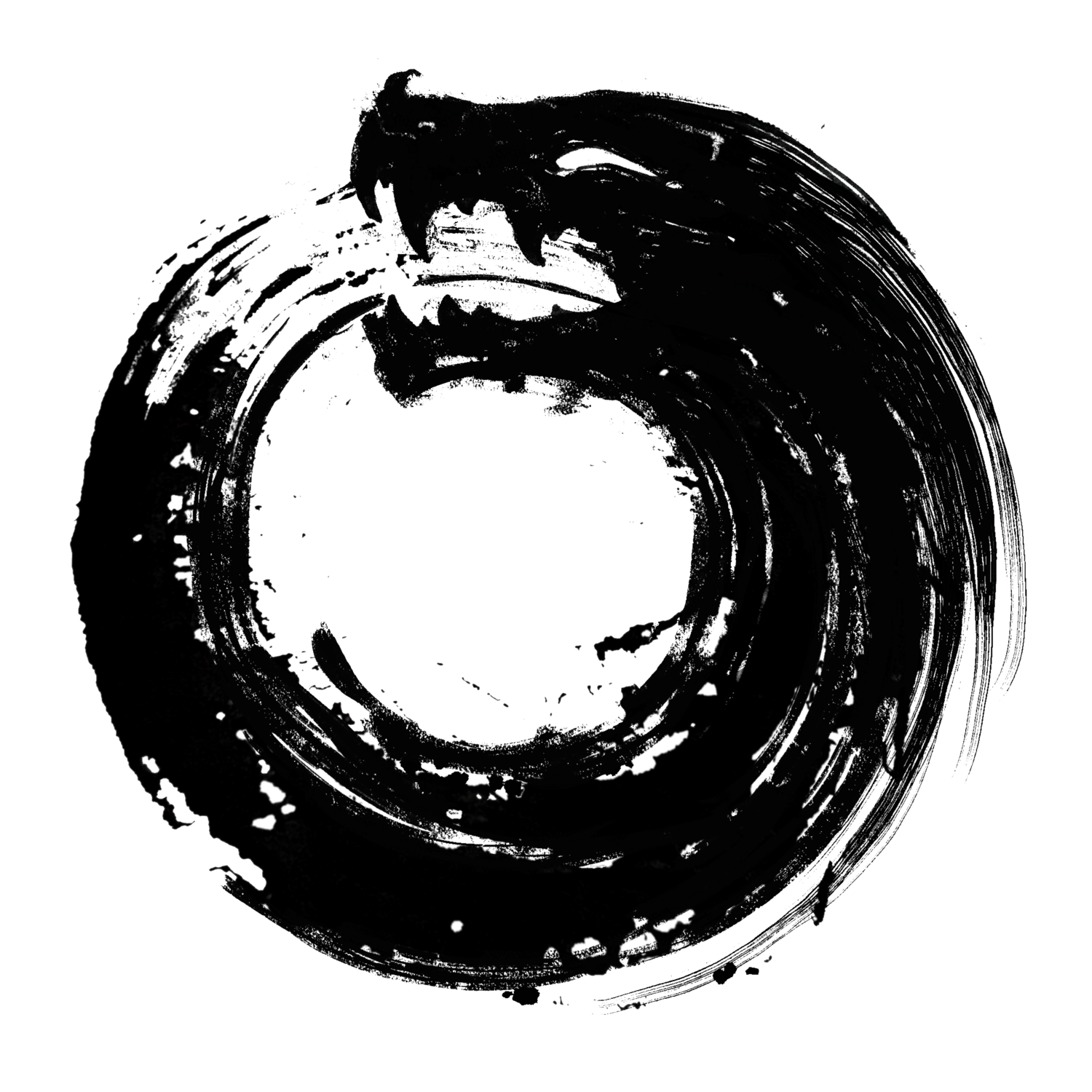As humans, other than sweating, everything we do is movement. From the day we're born to the day we die, we rely on the constant movement of air in and out of our lungs, the constant movement of blood through veins and arteries, and the movement of action potentials through our nervous system.
With this context, you can start to see how different movement is from just fitness. Simply put, while fitness is made up of movements, movement is not necessarily fitness. Instead, think of fitness as the physical capacities of your body: how much force can your muscles produce, in what range of motion, and for how long? So, for example, a high-level Crossfit athlete might have an incredible level of fitness, and with this incredible hardware, you might imagine that this person would be good at a huge number of physical tasks. This is simply not the case.
Imagine we took our crossfitter and put them in a judo setting against someone with physically inferior hardware. Our physically superior friend would likely have their ego crushed by even a reasonably well-trained child. If we put our physically superior friend on a rock climbing wall, same story, smaller child. If we take our friend, and put them in a beginner dance class where they would be asked to quickly learn a sequence of physically non-demanding movements, they would be completely overwhelmed. You get the point.
The thing is, focusing on hardware (range of motion, force/power production, cardiovascular endurance, etc.) doesn't mean we’re increasing function. What works to increase function is, well, systematically working to increase function—and remember, our function is movement.
Which one?
All of them.
You don't have a choice to do movement or not do movement. Your only choice is how much and how well you want to move.
Savvy?
Here’s another example: maybe you’re a parent wanting to get in shape so you can play with your kids. So, you sign up for a gym membership and work on some typical things we might find our crossfitter friend from the previous example doing: low intensity cardio, deadlifts, squats, stretching.
But then it’s time to go to the beach with your kid.
Maybe your kid wants to play catch. Maybe they want to swim against the waves. Maybe they want to tumble around on the sand. Your fitness training would not be directly applicable to what you really want to do, and if you weren't good at these things before, you'd be ill-equipped to do them now.
Kids are hard-wired to WANT to move because as humans it's extremely important for our health and development, but for most adults, this urge has worn away. As a result we get sick, overweight, and unhappy. Then we try to fix this by spending forty-five minutes at the gym, three times a week, repeatedly working a narrow range of nonfunctional, isolated movements because that’s what we’ve been taught to do. Our bodies deserve better. You deserve better.
So when we train movement, we’re talking the whole enchilada. From juggling and object manipulation to heavy olympic weightlifting. From playing catch and doing 400 m repeats to standing still for one hour. From strangling someone in Brazilian jiu-jitsu to working on softness to balancing on one arm. Everything is within the domain of movement and anything we can train safely and effectively with transfer to other disciplines will be addressed.
That doesn't mean our classes are random movements thrown together. The problem of how to effectively develop movement is an extremely complex one that we draw from many sources to try to solve. Our teachers are the best in the world, and we're always researching and refining in an attempt to further improve our method.
Learn more about Bren’s movement program or watch his Intro to Movement Series to find out what you need to know about movement before training with him.
Are you ready to start moving? We will work with anyone interested in learning how to move better—no matter your skill level. But our training is not for everyone. Check out our beginner’s section to learn more.



